CATERPILLAR & MOTH CONTROL
Lepidoptera - Moths & Caterpillars
Beneficial Insectary mass-rears biological pest control agents that explicitly address the natural management of caterpillars and moths.
Moths and butterflies are in the order Lepidoptera.
Adult Lepidopterans exclusively feed on nectar and do not damage crops at all.
Their larvae (caterpillars) are in the destructive stage.
Most caterpillars are strictly foliage-feeders.
Some are soil pests, such as cutworms.
Others start by feeding on foliage but quickly bore their way into the stems/stalk of the plant, like corn or hemp borers.
Caterpillars have many common names, such as loopers (Cabbage loopers), -worms (armyworms and cutworms), and borers (European corn borer, Eurasian hemp borer).
Caterpillars can be one of the most destructive pests in your crop. The damage they cause is sometimes so severe that total crop loss may occur.
Lepidopterans undergo complete metamorphosis: egg, larva, pupa, adult.
Moth-flight (when the adults are active and laying eggs) typically occurs at specific times of the year, depending on the species.
Their lifecycles can begin and end at multiple times of the year.
Some will have multiple generations in one season, and others have only one generation per year.
Many caterpillars begin their lives by hatching out of overwintered eggs in the Spring.
Infestations can begin at various times of the year.
Eggs usually are laid individually or in small clusters, frequently on the underside of the foliage. This makes them difficult for scouts to spot.
The resulting caterpillars are very often so tiny that they also go undetected.
The most obvious sign of them can be the damage that occurs or the resulting frass that can sometimes be found on the lower leaves or in the soil.
Early detection and identification of the adults during moth-flight can be critical for controlling them.
Many pest species have seasonal flights that have been well documented and can be predicted based on degree days.
If this is not the case, or if you deal with multiple potential pest species, early detection can be done by using pheromone traps for species where this is an option or by trapping the adults on sticky cards.
Trichogramma wasps work great to prevent caterpillars, but since they parasitize the eggs, they must be introduced before hatching.
Once caterpillars are seen in the crop, Bacillus thuringiensis (t.) is a beneficial tool if legal in your area. It is entirely harmless for biocontrol agents and is usually highly effective. It is a part of all IPM programs for caterpillar control.
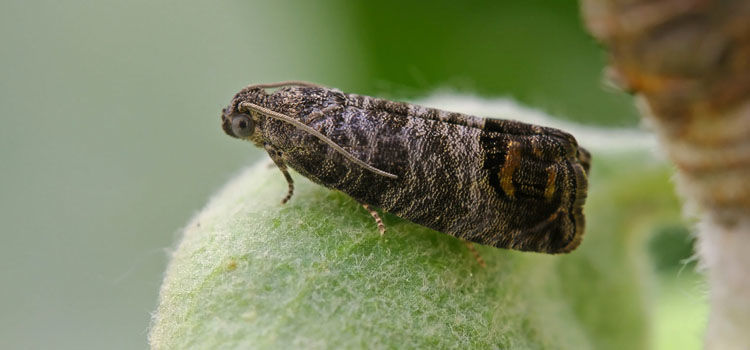
NATURAL SOLUTIONS
Products We Offer
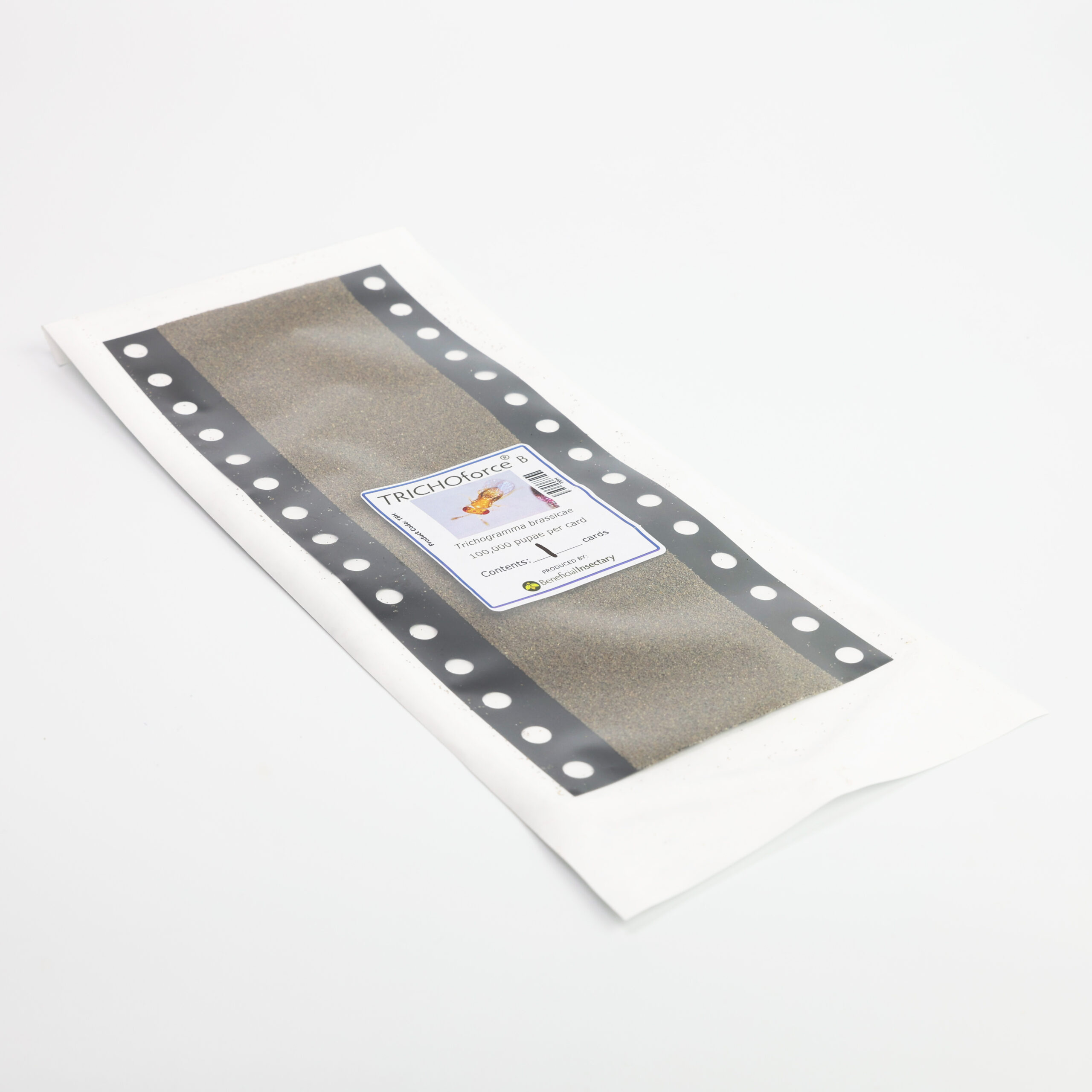
TRICHOforce™ B
(Trichogramma brassicae) These parasitoids are well known for their prevention of moth and butterfly larvae. Use this species in field crops, gardens, vineyards, and nurseries.
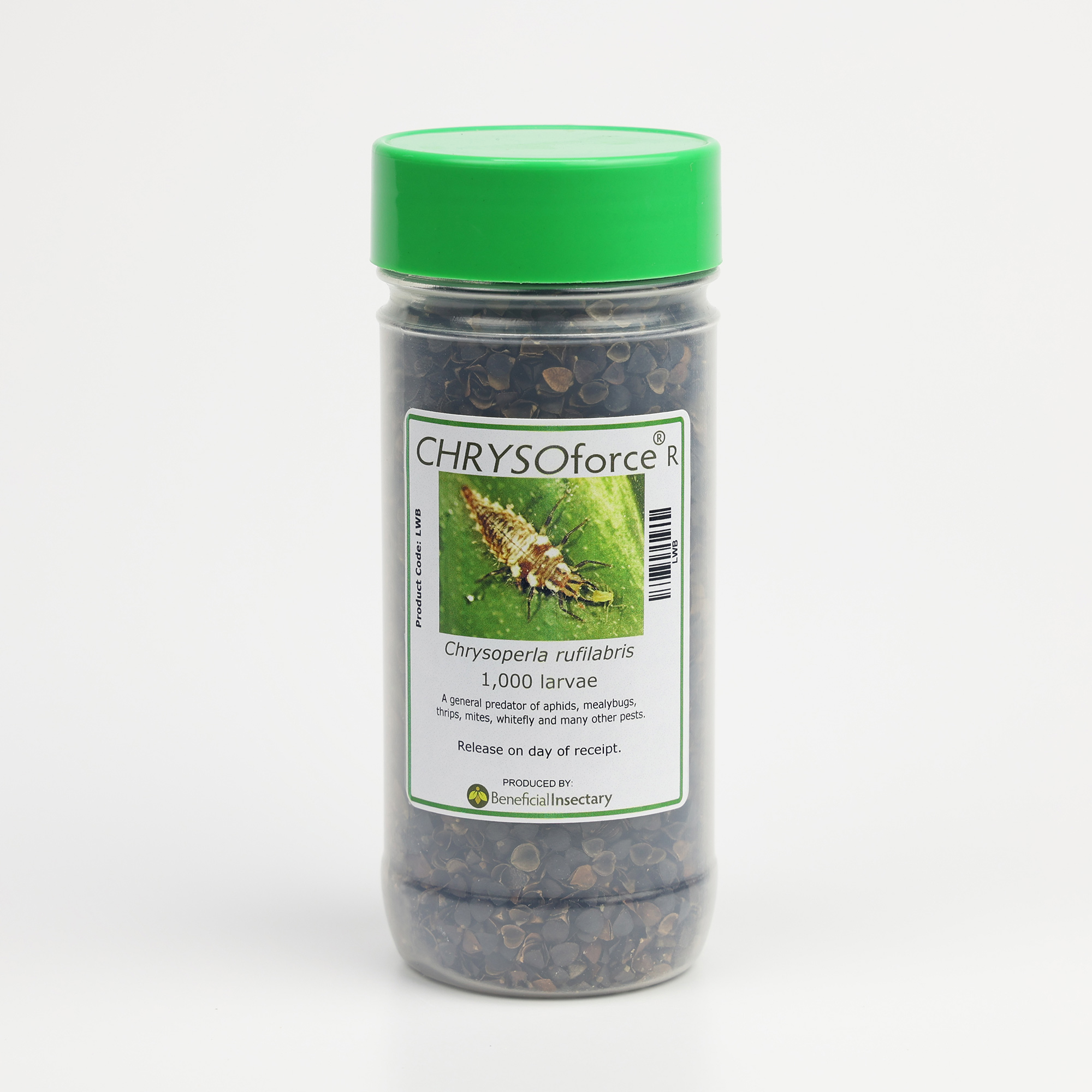
CHRYSOforce™ R
(Chrysoperla rufilabris) Green lacewings are aggressive predators of aphids and other soft-bodied pests. Larvae are ideal for faster control.

TRICHOforce™ M
(Trichogramma minutum) These parasitoids are well known for their prevention of moth and butterfly larvae. Use this species in field crops, gardens, vineyards, and nurseries.
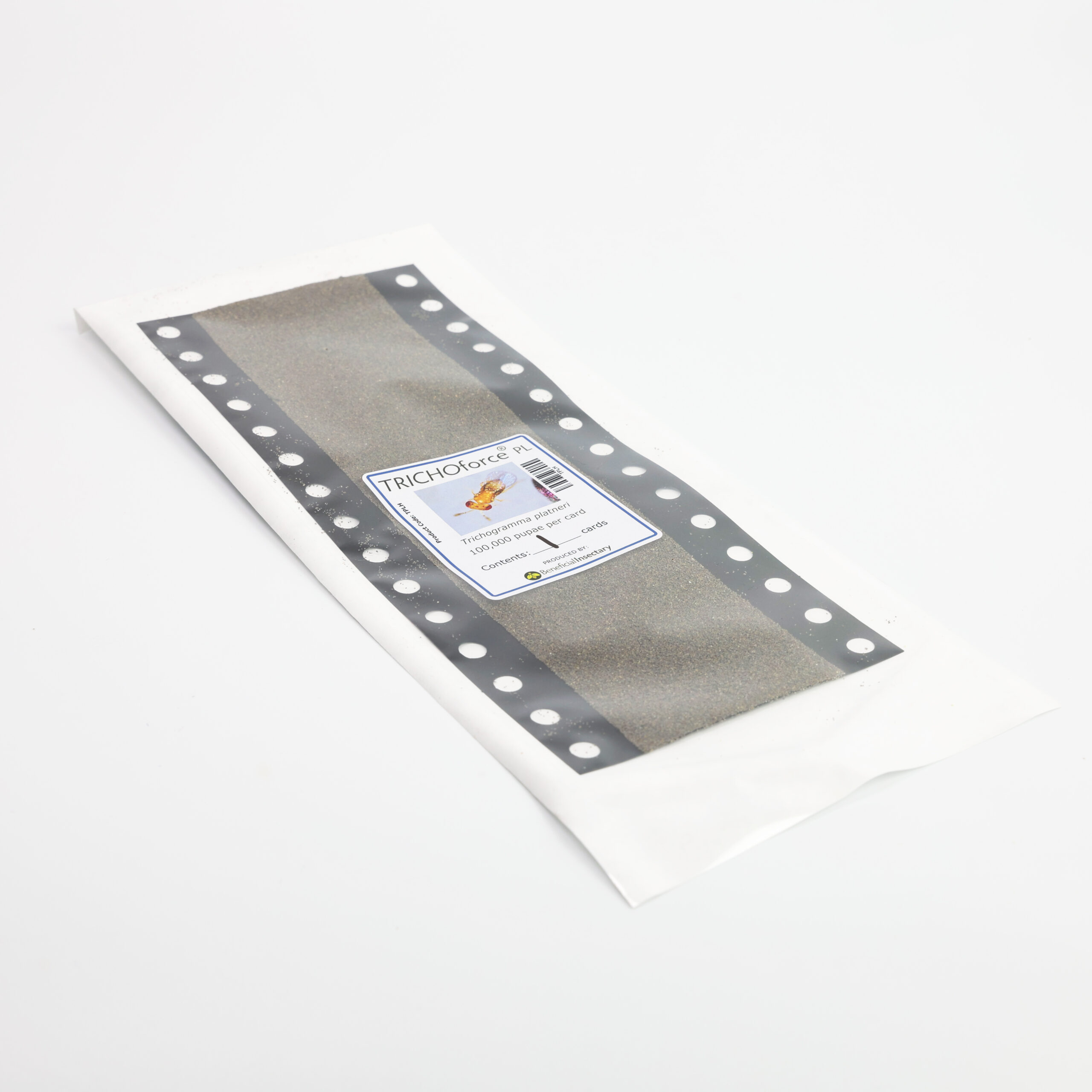
TRICHOforce™ PL
(Trichogramma planteri) These parasitoids are well known for their prevention of moth and butterfly larvae. Use this species in field crops, gardens, vineyards, and nurseries.
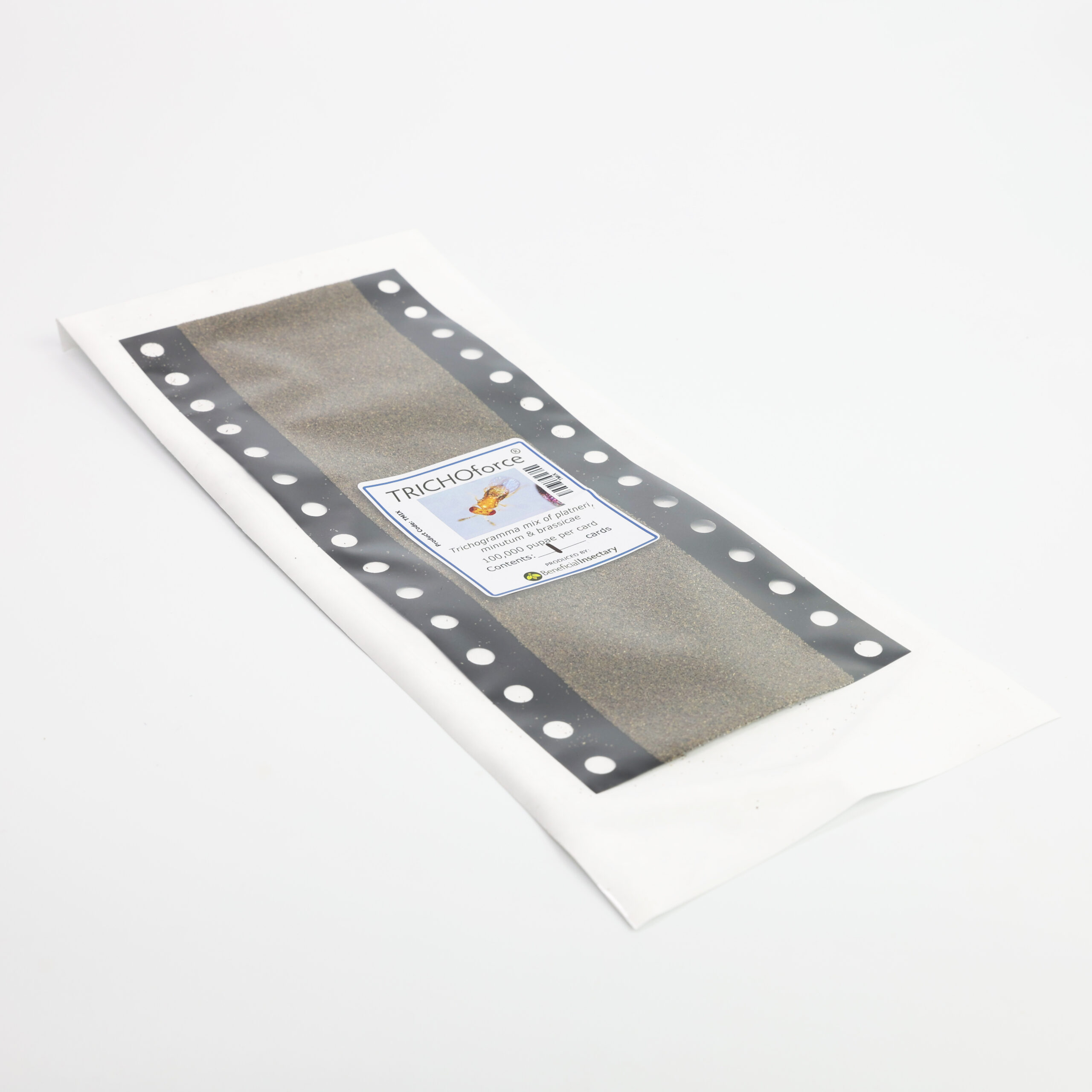
TRICHOforce™ Mix
(Mix of all Trichogramma species) These parasitoids are well known for their prevention of moth and butterfly larvae. Use this species in field crops, gardens, vineyards, and nurseries.
